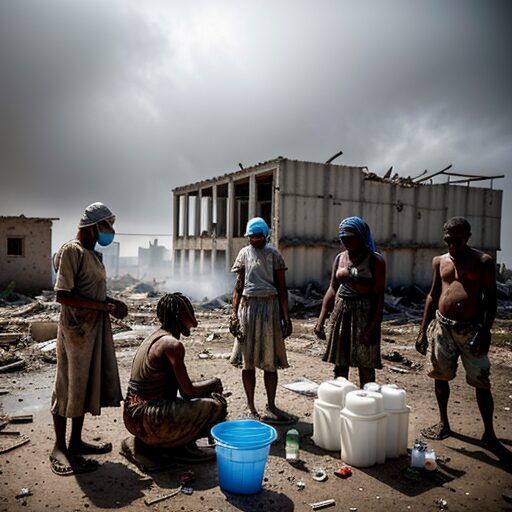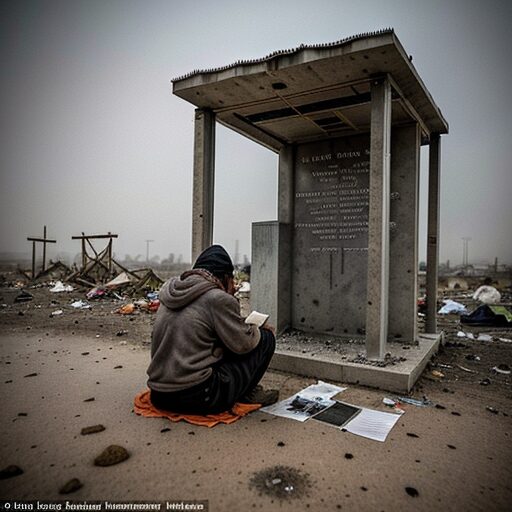In an era where uncertainty seems to reign supreme, it’s more crucial than ever to cultivate a sense of preparedness. The art of survival is not just about enduring physical hardships; it’s also about maintaining emotional resilience and mental agility in the face of adversity. As we navigate the complexities of modern life, it’s essential to develop a deep understanding of the fundamental principles that underpin true preparedness.
At its core, preparedness is about being proactive, adaptable, and resilient. It’s about embracing a mindset that eschews complacency and instead fosters a sense of anticipation and readiness for whatever life may throw our way. Whether you’re faced with natural disasters, economic downturns, or personal crises, having a solid foundation in survival skills can make all the difference between mere existence and true thriving.

I. The Fundamentals: Water, Food, Shelter
When it comes to basic preparedness, there are three essential elements that must be prioritized above all else: water, food, and shelter. These fundamental necessities form the bedrock of any survival strategy, and their importance cannot be overstated.
- Water: This life-giving resource is often taken for granted in our modern world, where access to clean drinking water is readily available at the turn of a faucet. However, in times of crisis or natural disaster, clean water can become scarce. To mitigate this risk, it’s essential to have a reliable means of purifying and storing water, such as a water filter or purification tablets.
- Food: A stable food supply is critical for maintaining physical and mental health during periods of stress or uncertainty. This may involve stockpiling non-perishable food items, learning basic foraging skills, or developing a plan for alternative sources of sustenance.
- Shelter: Adequate shelter provides more than just protection from the elements; it also serves as a sanctuary for physical and emotional restoration. Whether you’re building a sturdy home or seeking temporary refuge in a tent, having a reliable means of shelter is essential.

II. Health and Hygiene: The Keys to Resilience
When disaster strikes, our bodies are often pushed to their limits. To maintain resilience and reduce the risk of illness or injury, it’s crucial to prioritize health and hygiene practices.
- First Aid: A well-stocked first aid kit is an essential component of any survival strategy. This should include basic medical supplies such as bandages, antiseptic wipes, and painkillers.
- Personal Hygiene: Maintaining personal hygiene is critical for preventing the spread of disease and maintaining morale during stressful situations. This may involve stockpiling toilet paper, soap, and other essential hygiene items.
- Nutrition and Supplements: A balanced diet rich in vitamins and minerals is essential for maintaining physical and mental health. Consider supplementing your food supply with nutrient-dense foods or investing in a reliable means of water purification.

III. Communication and Transportation: Staying Connected and Mobile
In today’s hyper-connected world, it’s easy to take modern communication systems for granted. However, when disaster strikes, these networks can quickly become overwhelmed or even collapse entirely. To stay informed and connected, consider the following:
- Radios and Two-Way Radios: Invest in a reliable means of communication, such as a two-way radio or hand-crank radio.
- Cell Phones and Portable Chargers: A cell phone can be an essential lifeline during emergencies, but it’s crucial to have a reliable means of charging the device. Consider investing in portable chargers or solar panels.
- Transportation: Having access to reliable transportation can make all the difference during evacuations or emergency situations. Invest in a sturdy vehicle or consider alternative modes of transportation such as bicycles.

IV. Psychological Preparedness: The Forgotten Dimension
Preparedness is not just about physical readiness; it’s also about cultivating emotional resilience and mental agility. When faced with crisis, our minds can quickly become overwhelmed by fear, anxiety, and despair. To mitigate this risk, consider the following:
- Mental Preparation: Develop a growth mindset that emphasizes adaptability, flexibility, and resourcefulness.
- Stress Management: Invest in stress-reducing practices such as meditation, yoga, or deep breathing exercises.
- Community Building: Surround yourself with like-minded individuals who share your values of preparedness and resilience.
V. Conclusion: The Art of Survival is a Journey
Survival and prepping are not static concepts; they’re dynamic processes that require ongoing education, practice, and refinement. By embracing the principles outlined in this article, you’ll be well on your way to cultivating a deep sense of preparedness and resilience. Remember, survival is not just about enduring physical hardships; it’s also about maintaining emotional balance, mental agility, and community connection.
In conclusion, the art of survival is not a destination – it’s a journey. It requires ongoing effort, dedication, and passion. As you embark on this journey, remember that preparedness is not just about being ready for the worst; it’s also about embracing life’s uncertainties with courage, resilience, and joy.



0 Comments